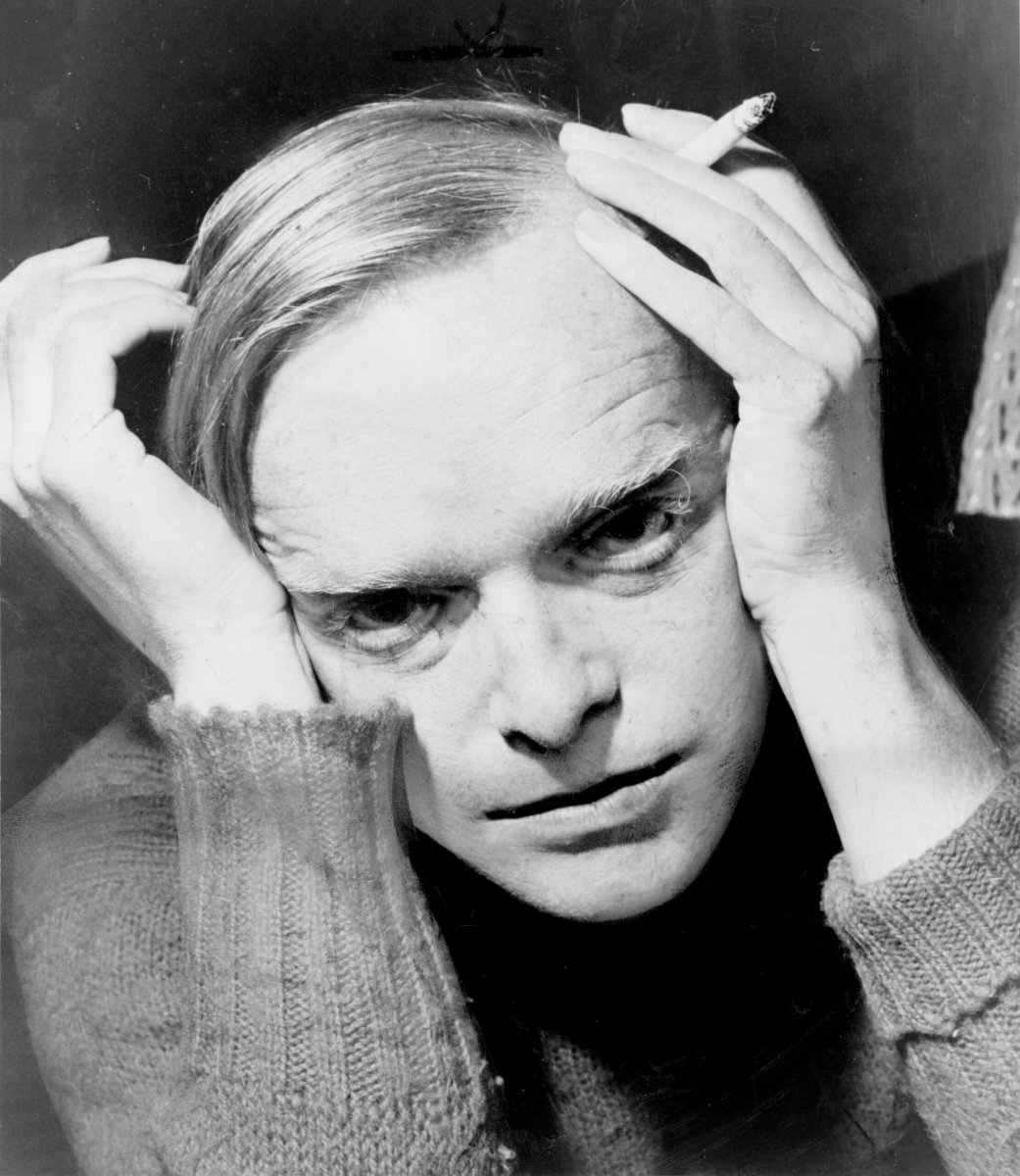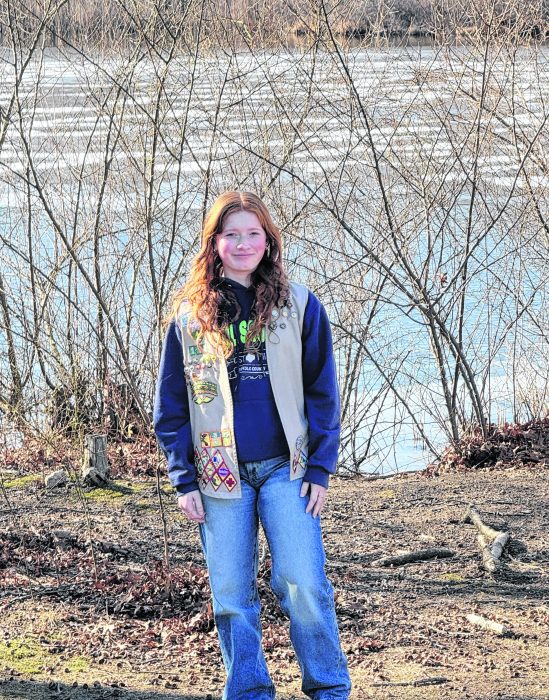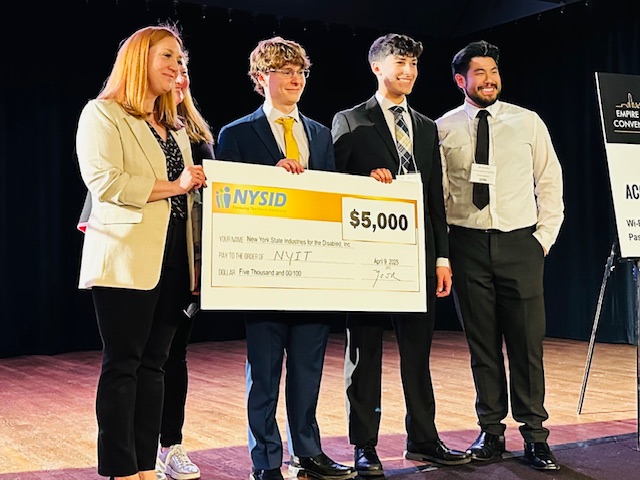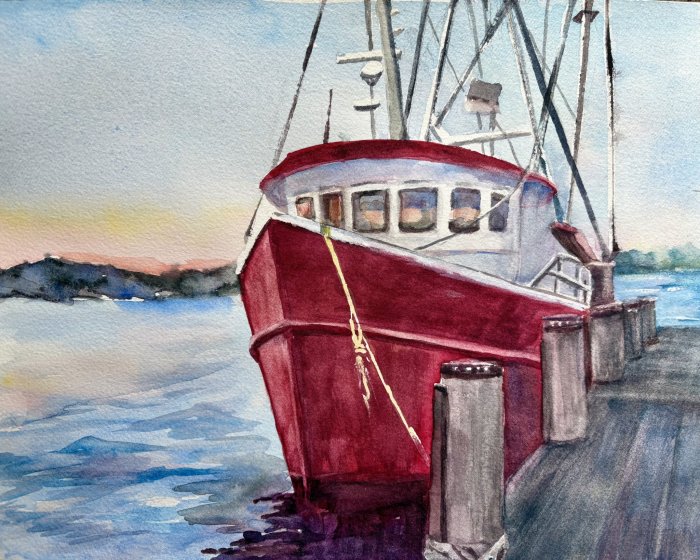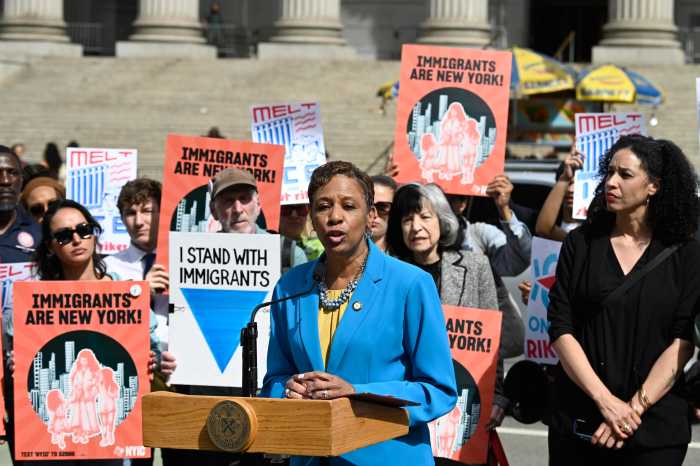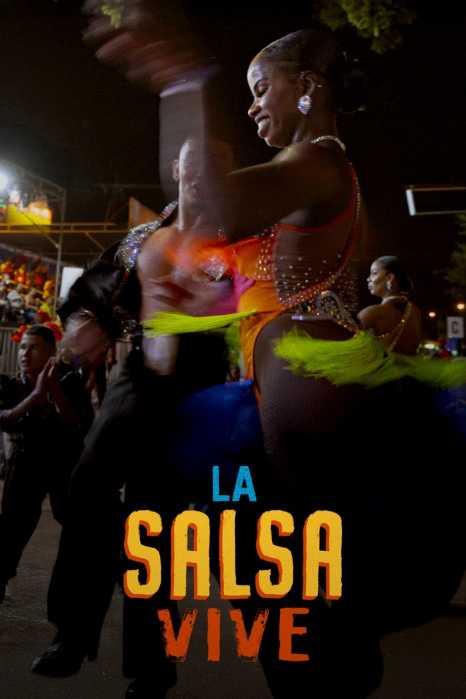Truman Capote, who didn’t summer in the Hamptons – he autumned and wintered — once referred to Sagaponack as “Kansas with a sea breeze.”
A man of the rural South, he told Architectural Digest during a 1976 visit that the neighborhood “reminds him of home.”
Unlike the city dwellers who trekked out to the Hamptons for summertime socializing, Capote went out to work – alone.
The famed author’s connections to the locales of his two New York residences, like the inspirations behind his two most acclaimed works, Breakfast At Tiffany’s and In Cold Blood, similarly straddle the dynamics of city socialites and rural murderers.
Truman Capote’s Early Life
Capote was born in 1924, in New Orleans, but due to having an estranged father and absent mother, he was mostly raised in Monroeville, Alabama, by his aunts and cousins.
When he was 9, he reunited with his mother in New York, and as a teen, he turned to writing as an outlet for his loneliness.
He started working at The New Yorker magazine at age 17, where he began to focus on his writing career.
By age 23 he had published his first novel, Other Voices, Other Rooms, making a name for himself thanks to his talent and unabashed willingness to allow his sexuality (Capote was gay) to be reflected in his writing.
With the success of his first novel, Capote was able to dive into the delights of fame, all the while fueling his creative engine.
The setting and main character of Capote’s Breakfast At Tiffany’s take inspiration from the places and people he encountered living and socializing in New York City during the 1950s.
It is said that Capote lived in Brooklyn Heights while he wrote the famous film-adapted 1959 novella.
He also vacationed on Long Island during that time too – more specifically, on Fire Island.
It is believed that Capote wrote the beloved classic during the summer of 1957 at the iconic Carrington House in Cherry Grove.
The famous estate, frequented by celebrities, artists, and historic LGBTQ figures, was listed on the National Register of Historic Places in 2016 and in 2022 was redeveloped by the National Park Service as a cultural space.
Perhaps the estate inspired him to build his Kansan Sagaponack estate in 1962. Or, perhaps that was inspired by true events.
Truman Capote’s Career Takes Off
Capote’s true-crime game changer In Cold Blood, which has been called the first nonfiction novel, is about the 1959 murder of four family members on a farm in Kansas.
The novel, which he conducted reporting and research for alongside eventual To Kill a Mockingbird author and friend Harper Lee, and its subsequent film adaptation, has had a profound impact on the genre of true crime.
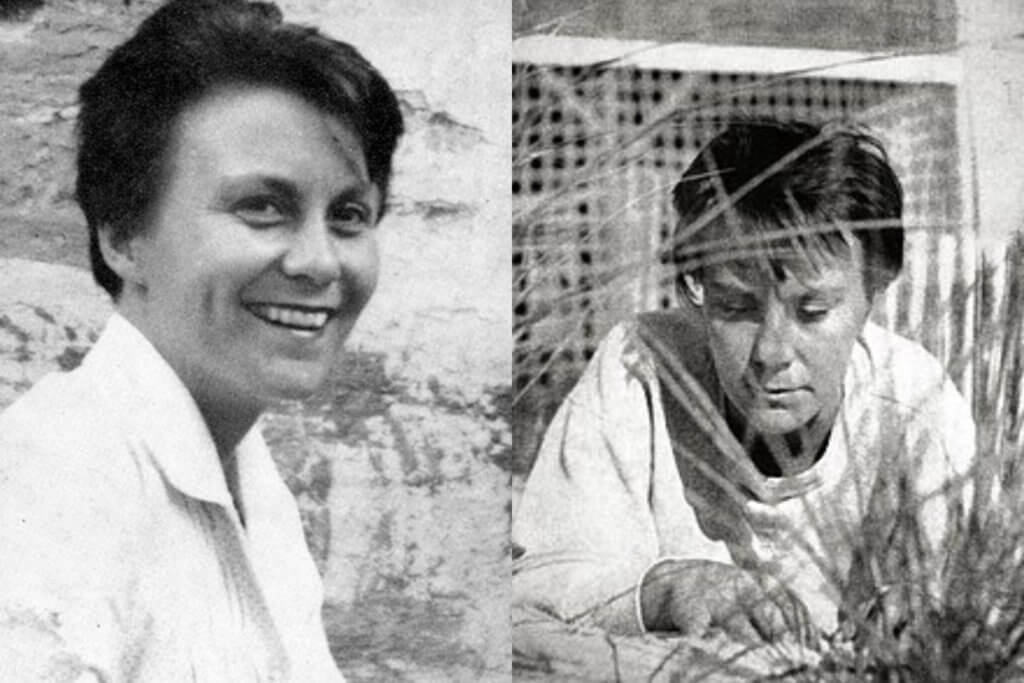
When Capote finished his work in Kansas, he was able to return to his own Kansas, the seaside version: Sagaponack.
Following the book’s massive success, Capote celebrated by hosting the infamous Black and White Ball at the Plaza Hotel in New York, a controversial mixture of all kinds of people, all masked.
Its extensive guest list included 540 of the most famous names in 1966: James Baldwin, Gloria Steinem, Andy Warhol, and the Kennedys, among others.
Following that notorious night, Capote elevated his status within that scene and set his sights on writing another novel.
This one, tentatively titled Answered Prayers, became an exposé of sorts, about the New York elite with whom Capote socialized.
This time, though, Capote’s crime was in the truth. He told a little too much of it.
Answered Prayers ended up being quite the opposite of its title – it was left unfinished after Capote received backlash for its first installment, “La Côte Basque, 1965,” published by Esquire in November 1975.
Likely written at his desks in both midtown and Sagaponack, it drew on characters akin to those of Breakfast at Tiffany’s, with the metaphorical, and possibly literal, effect akin to the mass murder within the pages of In Cold Blood.
Metaphorically, Capote’s career and well-being never recovered from the backlash after writing such a scathing story about the socialites whose identities were thinly veiled.
Though he published a few more installments, the novel was never completed.
There has also been speculation that “La Cote Basque” may have been a motivating factor behind the suicide of socialite Ann Woodward, one of the friends Capote lambasted in the tale.
Whether or not that speculation is true, Capote was once again left to his own devices.
Those devices, sadly, were a dead-end relationship (with a married Long Island man), drugs, and alcohol.
Capote died in August 1984, in Los Angeles, at the home of one of the few friends he had left, Joanne Carson, ex-wife of Tonight Show host Johnny Carson.
While his Sagaponack retreat has been renovated beyond recognition, Capote’s prolific career has left an indelible mark on literature and storytelling overall.




